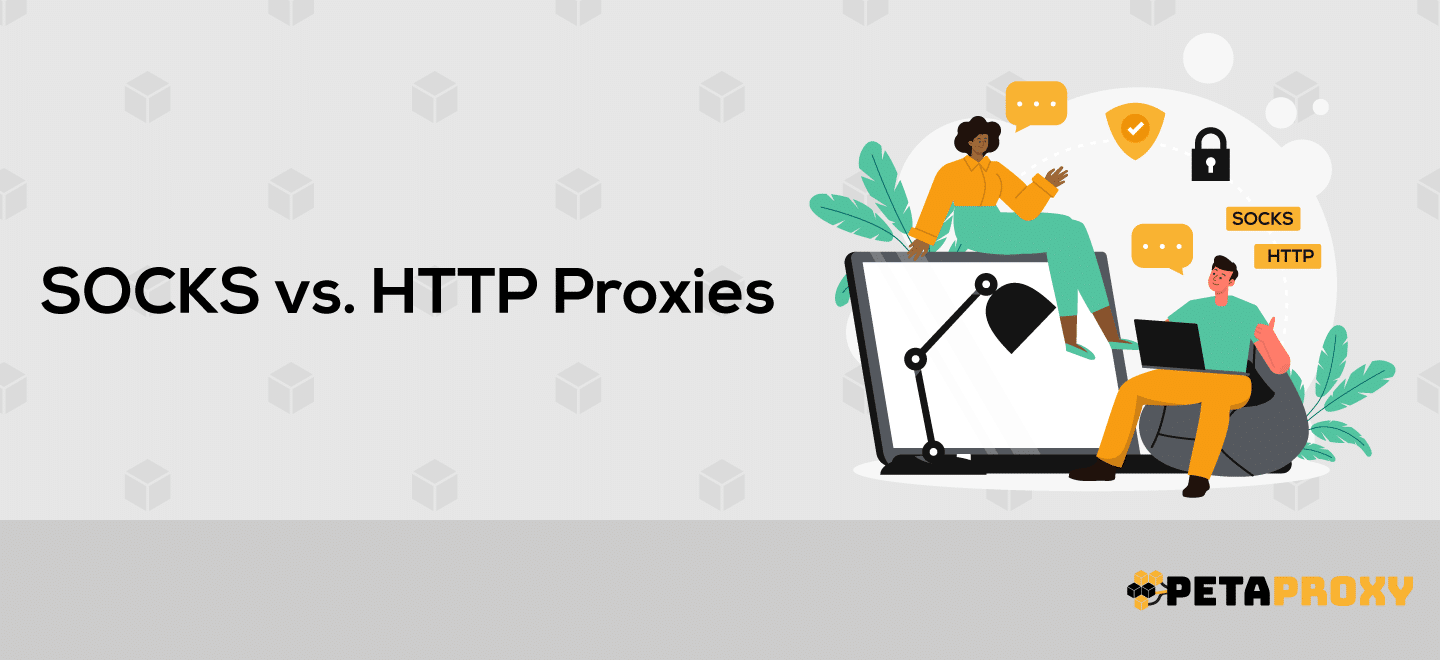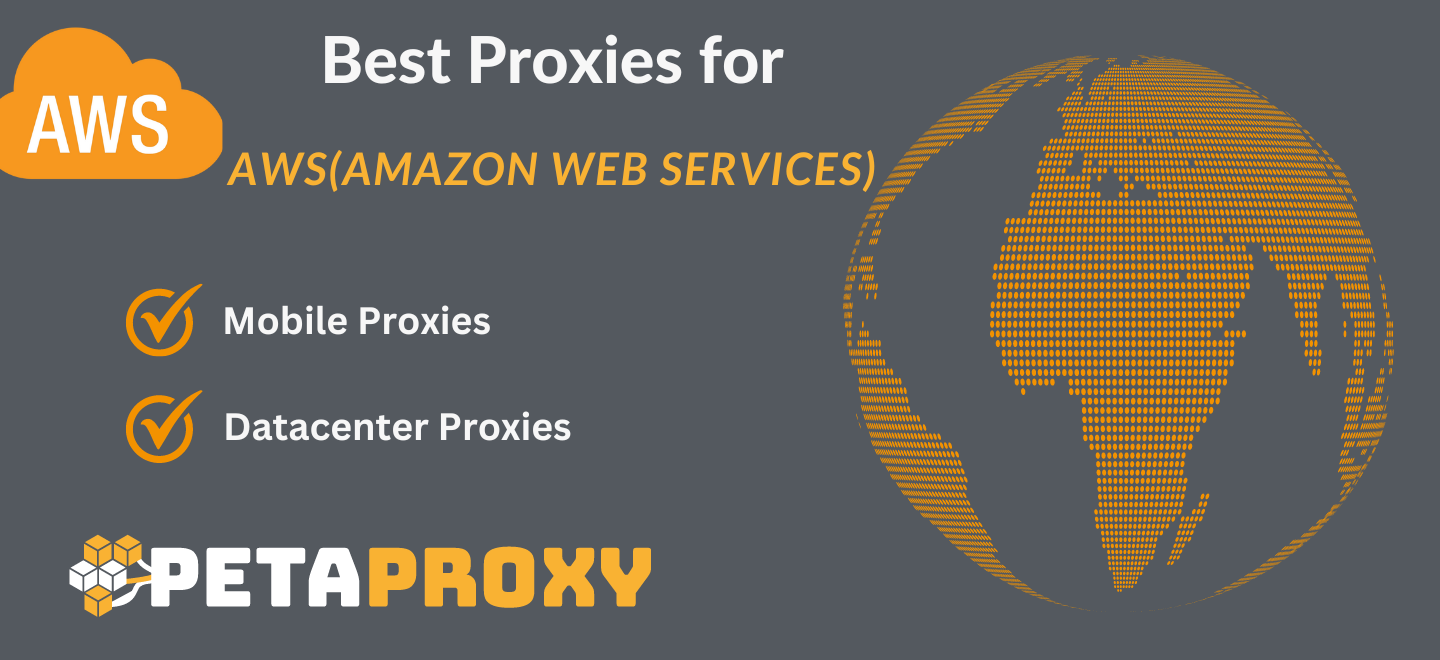Proxy services play a very important part in keeping your internet privacy and safety safe. Proxy servers act as middlemen between users and the huge internet. They offer many benefits, such as better privacy, security, and speed. There are many types of proxies, but SOCKS and HTTP proxies are two of the most common. Each has its own set of features that meet the needs of different users.
This article goes into detail about the difference between SOCKS and HTTP proxies. By understanding how these proxies work, users can make their online experiences fit their needs, whether that’s protecting their privacy, getting to content that’s normally blocked, or speeding up their connections.
Let’s go on a trip to learn more about SOCKS and HTTP proxies so that users can confidently and accurately explore the digital world.
Definition SOCKS Proxy

A strong protocol called SOCKS (Socket Secure) makes it possible for network packets to flow smoothly between a user’s device (the client) and an internet server by using a proxy server as a go-between. Running at the OSI model’s transport layer, SOCKS is a flexible way for different kinds of data to flow, including TCP (Transmission Control Protocol) and UDP (User Datagram Protocol).
Let’s say you, the user, want to get to a website or an online service. Your computer makes a connection with a SOCKS proxy server instead of directly connecting to the internet. This server in between, which has the SOCKS protocol, serves as a gateway, sending your requests to the target server and getting the responses for you. The SOCKS proxy makes sure that data flows easily between your device and the internet because it is good at handling different network protocols.
Here some Practical Examples:
Torrenting with a SOCKS Proxy
- Scenario: You want to download a file using a torrent client. SOCKS proxies, supporting both TCP and UDP traffic, are ideal for this purpose.
- Result: The SOCKS proxy facilitates efficient and secure torrenting by handling the diverse types of traffic involved in peer-to-peer file sharing.
Good Gaming Performance with a SOCKS Proxy
- Scenario: Gamers seeking lower latency and improved performance can utilize SOCKS proxies.
- Result: The proxy optimizes the data transfer between your device and the gaming server, potentially reducing lag and enhancing the gaming experience.
Please Note: SOCKS proxies and their practical applications empowers users to make informed choices based on their specific needs, whether it’s privacy, secure file sharing, or optimizing online gaming.
Definition HTTP Proxy

HTTP (Hypertext Transfer Protocol) proxies are carefully built middle-men that help keep web traffic running smoothly. The application layer of the OSI model is where these proxies fine-tune their abilities to handle the complicated nature of HTTP and HTTPS data. In a nutshell, HTTP proxies are the dancers that make the digital dance between a user and the internet possible. They do this by making it easier for data to flow between the user’s device and the many web sites.
To put it more practically, think of the HTTP proxy as an experienced conductor in charge of a symphony of online encounters. As soon as a user makes a request to access a website or online service, the HTTP proxy steps in and manages the flow of both HTTP and HTTPS data. Its skill lies not only in connecting, but also in the skill with which it streamlines this exchange, making sure that pages load faster, information is retrieved quickly, and data can safely move between the user and the web servers.
Web Traffic Optimization with HTTP proxies
- Scenario: You are engaged in regular web browsing activities.
- Result: HTTP proxies streamline the retrieval of web content, optimizing the flow of HTTP and HTTPS traffic for a smoother browsing experience. This efficiency is particularly beneficial for tasks such as content filtering or caching.
Filtering Content with HTTP Proxies
- Scenario: Within a corporate environment, there’s a need to regulate and monitor employees’ web activity.
- Result: HTTP proxies serve as effective tools for content filtering, allowing organizations to implement policies that control and monitor the web content accessed by their employees.
Please Note: Understanding the specialized nature of HTTP proxies and their targeted capabilities for web traffic management empowers users, particularly in organizational settings, to deploy these proxies strategically for content regulation, bandwidth optimization, and access control.
Analyzing Definitions: Common Threads and Differences
When looking at the huge world of Internet Protocol (IP) numbers, IPv4 and IPv6 stand out as separate entities, each with its own features and functions. Two versions of IPv6 are similar in that they both identify devices on a network, but there are some subtle changes that make IPv6 different from IPv4.
IPv4: Understanding the Basics
IPv4, the standard way to communicate over the internet, uses a 32-bit method with a string of numbers separated by periods, which is called dot-decimal notation. These 32 bits make up about 4.3 billion unique addresses. It’s a huge number, but it’s getting smaller and smaller as the digital world has grown.
Decoding IPv6: How It Works
IPv6, on the other hand, is the next generation of IP addresses. It uses an alphanumeric hexadecimal form with 128 bits that includes both numbers and letters. With colons separating the addresses in IPv6, the address space grows by a factor of ten, giving us about 340 quadrillion unique numbers. This enormous rise fixes the problems with IPv4 and meets the growing need for connectivity in the modern digital world.
Parallels and Difference between SOCKS and HTTP Proxies
IPv4 and IPv6 may look the same at first glance, since they both make it easier for devices to be identified on a network. Of course, when you look more closely, differences show up that make each form particular.
The IPv6 alphanumeric hexadecimal notation not only makes the address space bigger, but it also makes the way IP numbers are shown look more elegant. IPv6 uses a symphony of numbers and letters, a harmonious mix of numbers and letters in the world of digital nomenclature. IPv4 uses numerical dot-decimal sequences.
Exploring the Features of the New IP Version
The fact that IPv6 has more address space shows that the internet is always changing. Its release isn’t just a number increase; it’s also a forward-thinking answer to the problems caused by IPv4’s limited address pool. As the number of connected devices, the Internet of Things (IoT), and new technologies grow, this change becomes even more important. It’s time for a more flexible and large-scale addressing system.
Comparison: IPv4 vs. IPv6
Security: IPv4 vs. IPv6
Although security wasn’t the main focus when IPv4 was first made, it has been updated over the years and now offers IPSec (Internet Protocol Security). End-to-end encryption and authentication are made possible by this combination. This makes it safer for devices on a network to talk to each other.
However, IPv6 has an inherent edge because it comes with IPSec, a set of secure network protocols, built in from the start. This function adds an extra layer of security to the communication environment, making it safer without the need for further updates.
Note: IPv6 adds an integrated security suite, but IPv4 is still a good choice when it comes to network security because its security measures work well, it is easy to use, and its infrastructure is already in place.
Proxy Compatibility: IPv4 vs. IPv6
In the IPv4 world, proxy compatibility is strong and deeply established. As IPv4 has become more popular, the environment has grown to the point where proxies can easily handle IPv4 addresses. The vast majority of proxy servers, applications, and networking gear are already set up to handle IPv4 data efficiently. Compatibility has been a key part of the internet’s growth, making it easier for devices to work together and share information.
IPv6, on the other hand, changes the way interoperability works. Adoption of IPv6 is slowly growing, but proxy support for IPv6 is not as widespread. To handle IPv6 data well, proxies that work in the IPv6 space need to be set up and changed in certain ways. Not every proxy has full IPv6 support, so you need to be very careful when choosing one.
Speed: IPv4 vs. IPv6
IPv4 is the age-old winner when it comes to speed. It has a stable and well-developed infrastructure, and its 32-bit addressing format makes it easy to send data quickly. Lower latency and faster reaction times are made possible by IPv4’s simple packet processing and routing. This has solidified its reputation as the best choice for a fast network experience.
IPv6, on the other hand, brings about changes with its move to 128-bit names. This solves the problem of running out of IPv4 numbers, but it makes the header size bigger, which could slow down the network. Because IPv6 infrastructure is still being built, delay may be a little higher than with IPv4. Still, ongoing investments and attempts to improve performance in the industry should close this gap, making IPv6 faster and more competitive over time.
Address Space: IPv4 vs. IPv6
IPv4 uses a 32-bit method for addresses, which gives it about 4.3 billion unique addresses. Even though IPv4 addresses were fine in the early days of the internet, the growing number of devices that are linked has used them up. Network Address Translation (NAT) was a popular way to get around problems, but it made things more complicated, especially when people were talking to each other.
IPv6, on the other hand, uses a 128-bit addressing method that can make about 340 quadrillion different addresses. This large address space gets rid of the need for NAT, so every device can have a unique address around the world. IPv6 can handle the large number of linked devices we have now and also plans for the future growth of technologies like the Internet of Things (IoT).
Note: IPv4 has trouble with not having enough addresses, but IPv6’s 128-bit addressing method means that there are almost infinitely many unique addresses. This makes IPv6 a strong choice for the growing number of devices that are linked to the internet.
Conclusion
Finally, SOCKS and HTTP proxies protect your privacy, speed, and security online. SOCKS makes it easier to share files, play games, and handle a lot of different types of traffic. Using HTTP proxies to slow down online data makes viewing and content screening better.IPv6’s big address space makes up for IPv4’s small one. There are many changes between IPv4 and IPv6 protection. Because IPv6 is changing, it’s important to be careful.IPv4 has always been compatible with proxies, but IPv6 needs to be set up properly for everything to work.






